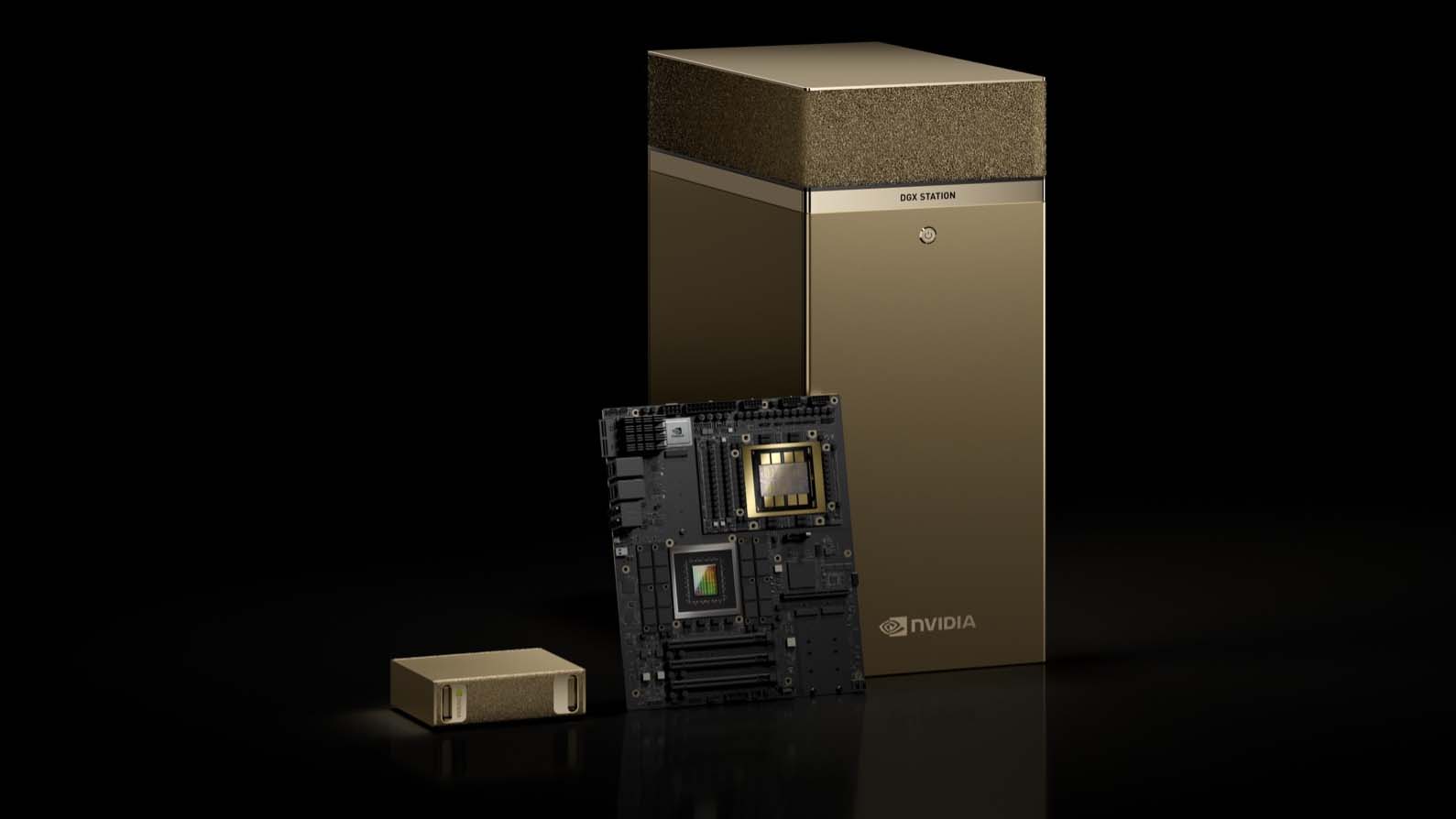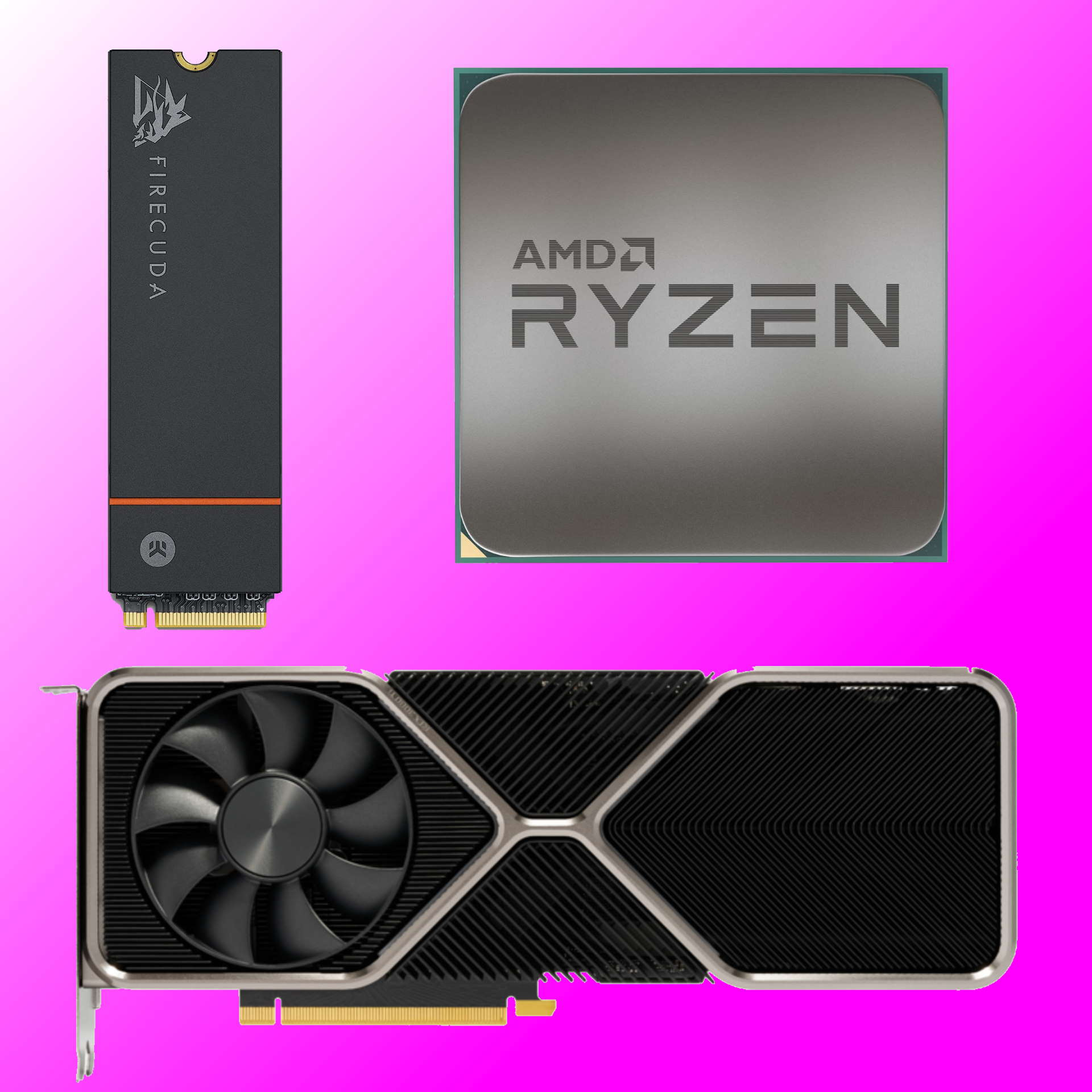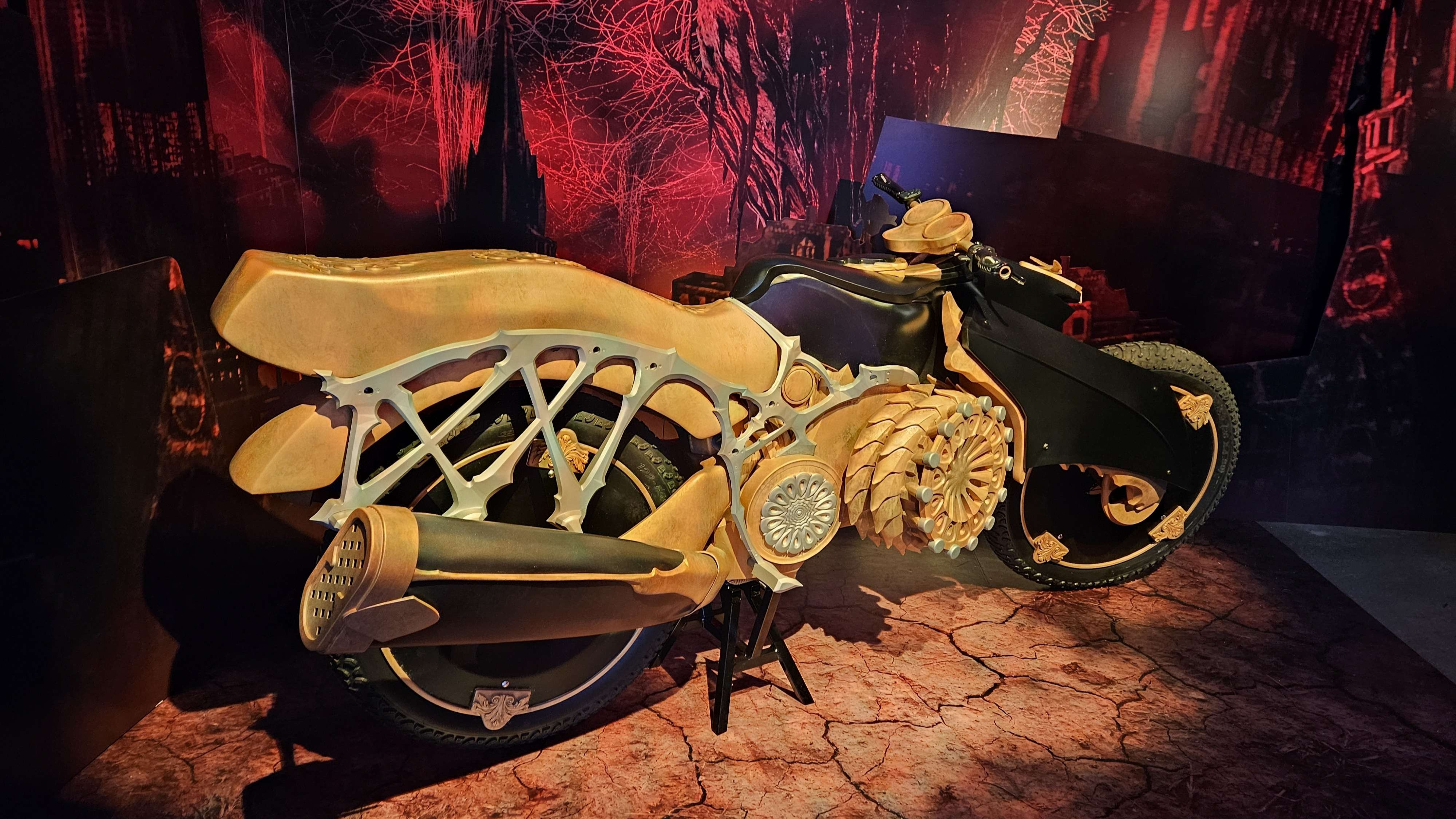
The DGX Spark silicon could soon be brought to consumer laptops.
A possible Arm-based Nvidia APU, created in collaboration with MediaTek has been on our radar for quite a while now. Its existence was previously all but confirmed, but we hadn’t seen any sign of what could be a production or close-to-production version in the wild. Until now, that is, as we have our first seemingly close to production benchmark of an Nvidia Arm processor.
The Geekbench entry (via X user Olrak29_ and VideoCardz) shows an Nvidia N1X processor with a 20-thread Arm CPU and base clock of 2.81 GHz running in a HP system with the Ubuntu Linux distro as its OS. It achieves 3,096 single-core and 18,837 multi-core scores in Geekbench. (There’s since been another listing that I spotted with slightly lower scores.)
This is a much more reasonable score than we saw in previous N1X Geekbench results, which was presumably a very early engineering sample. These latest results hint at much more mature engineering samples, possibly even ones that are close to production, as the scores are similar to laptop and desktop processors. You can see a Razer Blade 16 with Intel Core i9-14900HX, for instance, achieving slightly less than the N1X here within Windows 11.
Arm chips don’t usually have simultaneous multi-threading (SMT) so it’s reasonable to assume that this is a 20-core chip. This would be in-line with what we previously thought, because Nvidia had hinted that the GB10 chip in DGX Spark would be brought to end-users, and the GB10 has 20 Arm cores. This previous hint wasn’t perfectly clear, but this Geekbench result is: It looks like the Nvidia chip will be using Arm-designed cores rather than Nvidia-designed custom Arm cores.
If it ends up being practically identical to DGX Spark then we might expect RTX 5070-level performance since that’s what’s on offer with the Blackwell GPU there, too. Which would corroborate the longstanding rumour that the Nvidia Arm chip will offer RTX 4070 mobile performance—in fact, it would offer more than this. Though there isn’t any guarantee that it would ship in its full-fat DGX Spark config—it could get cut down to size for cheaper and more power efficient versions.
The system configuration running here for Geekbench apparently has 120 GB of memory, which is much more than we’d see in a gaming laptop of course. But given DGX Spark is a mini AI supercomputer, it might be that Nvidia is planning on bringing N1X to home systems for AI development first. This wouldn’t rule out Nvidia also bringing it to market in the form of gaming laptops, though.
It’s this latter prospect that excites us, of course. It’s one that isn’t entirely spun out of thin air, as we’ve heard consistent rumour that an Alienware laptop will sport the all-Nvidia silicon at the end of 2025 or the start of 2026.
Although this Geekbench result is running a Linux OS, if and when the Nvidia N1X comes to market in consumer gaming laptops, we’d expect it to be running Windows, which means running Windows on Arm.
I recently spoke to Arm’s client lead and he implied that the future of PC gaming on Windows on Arm depends on game developers baking in native Arm support. The incentive for game devs to do that, however, is at present questionable.
But one of the most exciting things about Nvidia N1X is that if and when such chips start rolling out with Windows on Arm for gaming, that could change. Nvidia might be able to help to get game devs to bridge that gap. Hey, I never said I was immune to wishful thinking.
Best CPU for gaming: Top chips from Intel and AMD.
Best gaming motherboard: The right boards.
Best graphics card: Your perfect pixel-pusher awaits.
Best SSD for gaming: Get into the game first.






